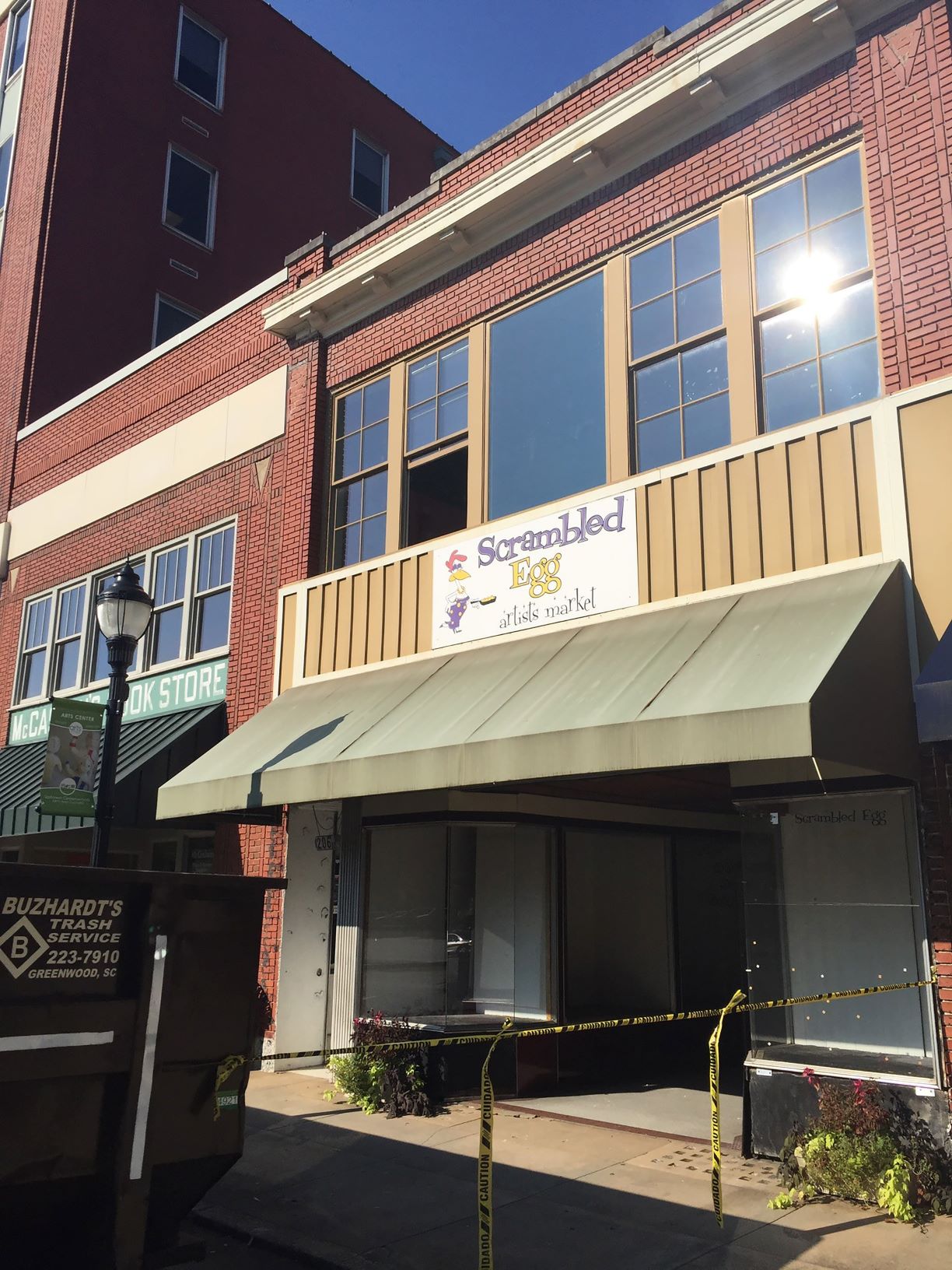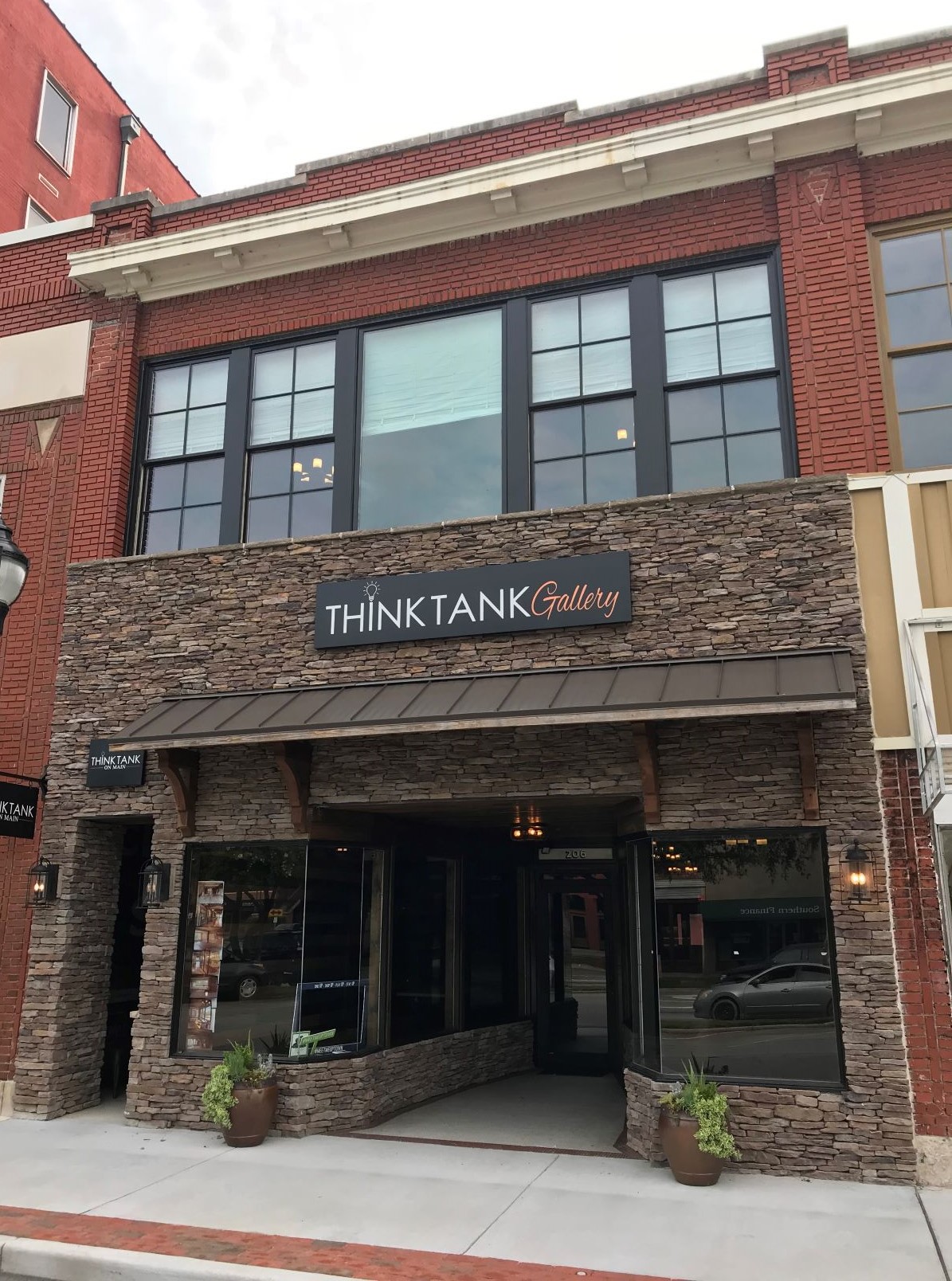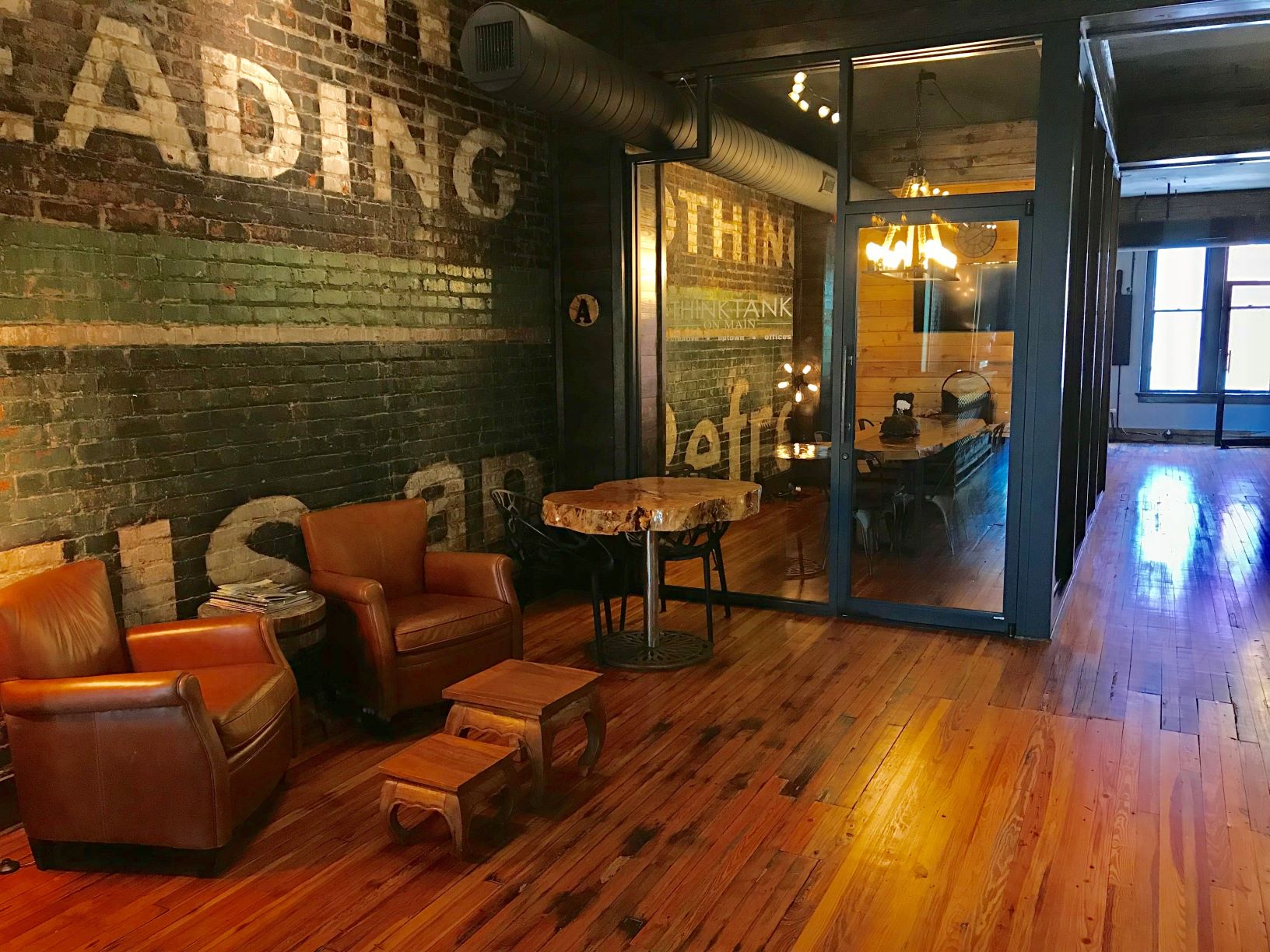The Bailey Bill is one of several property tax incentives available to cities and towns to encourage historic property rehabilitation. The law, found in SC Code of Laws Section 4-9-195 and Section 5-21-140, derives its name from former Rep. James Bailey.
The Bailey Bill allows local governments to lock in a special property tax assessment, based on the property's fair market value as it stood before rehabilitation, for a period of no more than 20 years. During this time, the property owner's local property tax payments do not factor in any increases in value because of eligible renovations.
The amount that the taxpayer saves can be significant, especially when combined with other available incentives. As such, the savings can make restoration projects economically feasible in situations where they otherwise would not be, providing an effective catalyst to spur revitalization in historic districts.


The Think Tank on Main at 206 Main Street in Uptown Greenwood, a project which used Bailey Bill incentives, now features office space for entrepreneurs. Photos: City of Greenwood.
Creating a Bailey Bill ordinance
To use the special assessment and maximize benefits, city and town governments need to set goals and push for cooperation with county governments. The first step in the process is to adopt a Bailey Bill ordinance that creates definitions on how the process will work locally. At minimum, the ordinance should define
- what historic structures qualify for the special assessment,
- how much money needs to be invested to qualify,
- what is a qualified rehabilitation expenditure,
- who certifies compliance of the rehabilitation project, and
- how long the special assessment will be offered.
Ideally, the city and county governments adopt identical ordinances. This allows property owners to maximize benefits by abating a portion of both city and county taxes. This requires considerable discussion, negotiation and coordination between officials from both local governments.
Since local governments set their own Bailey Bill rules, those looking to establish a new ordinance can look to the incentive structure found among those who have already created an ordinance. Beaufort, Camden, Columbia and Fort Mill are among those who have created Bailey Bill incentives, as well as Beaufort, Greenville and Richland counties.

The interior of the Think Tank on Main in Uptown Greenwood incorporates historic murals into the design. Photo: City of Greenwood.
Bailey Bill certification
Once an ordinance is in place, property developers looking to benefit from the incentive will need to receive Bailey Bill certification for their targeted property from the taxing entity or entities.
Properties can receive preliminary certification for a two-year period if the owner applies for and receives a historic designation by the taxing entity and the proposed rehabilitation receives approval by the appropriate reviewing authority. A board of architectural review, the SC Department of Archives and History or another qualified historic preservation entity can grant this approval.
Final Bailey Bill certification requires that
- the property has its historic designation,
- the completed rehabilitation has approval from the appropriate authority, and
- the project has incurred minimum expenditures for rehabilitation as defined by the ordinance.
A property that receives final certification has a final valuation equal to the fair market value at the time of preliminary certification. Once a property is certified, it can potentially lose its certification as well. SC Code Section 4-9-195(E) covers the reasons, which include loss of historic designation and loss of approval on the rehabilitation work.
